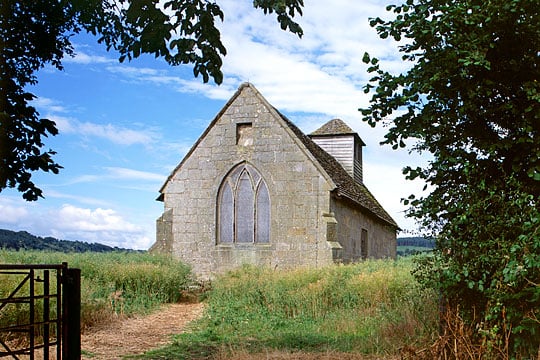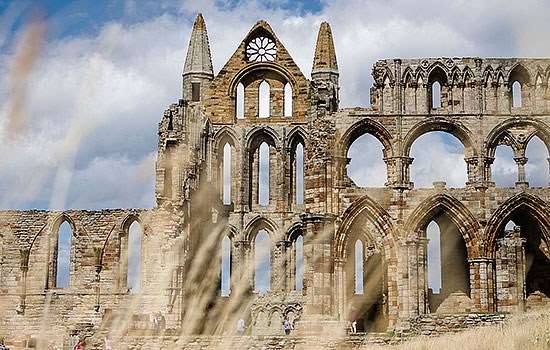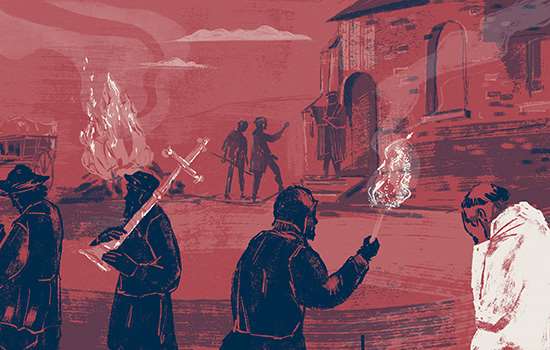History of Langley Chapel
The Burnells of nearby Acton Burnell were lords of the manor of Langley, and in 1313 Richard Burnell obtained permission to build a chapel here.

The structure of the present building dates from this time. In 1377, the manor of Langley passed to the Lee family, who fitted out the chapel in about 1546. In 1591, Sir Humphrey Lee moved to Langley. He was probably responsible for re-roofing the chapel in 1601 – a date given on the nave roof – and refurnishing it a few years later.
By 1700 the chapel had largely fallen out of use, and thus escaped any attempt to re-order the interior according to the more elaborate ‘High Church’ model favoured in the 19th century. The last regular service was held here in 1871.
Description
Langley Chapel has a simple rectangular plan. It is built of dressed grey sandstone with a stone-tile roof, and has a small weatherboarded bell tower at the west end. On the exterior, the south wall has two Tudor doorways with flat arches and nail-studded doors. Inside is a variety of rather plain windows: one is square-headed, while others were perhaps remodelled from earlier medieval windows.
Characteristically Tudor decoration of roses and fleurs-de-lis appears on the plaster frieze between the roof and south wall, although the corresponding frieze opposite has been lost. Glazed and decorated medieval tiles have been reused on the chancel floor.
Post-Reformation Fittings
It is the set of early 17th century church fittings that makes Langley significant. The focus of worship in medieval churches was a raised stone altar set against the east wall. The central celebration was the ‘sacrifice’ of the Mass at the altar by a robed priest speaking in Latin.
After the Reformation, however, the emphasis changed to preaching and reading the scriptures in English. Pulpits loomed large, sometimes literally, though at Langley the pulpit was relatively small and movable. The reading desk on the north side, however, is large, with seats inside and, unusually, a roof.
With the replacement in the Church of England of the Catholic mass by the Protestant communion service, a simple communion table replaced the stone altar. (The original communion table at Langley was stolen; the present one is a copy.)
Seats were arranged round the table, appropriate for people sharing a meal, as at the Last Supper. The manner of receiving the bread and wine at communion was a matter of theological dispute. At Langley, the furnishings allowed communicants to choose. Puritans could sit, while those who wished to could kneel.
The fittings of the chapel were designed to cater for social as well as theological gradations. The largest of the ornate box pews, intended for the Lee family, were placed at the front. Behind these were smaller box pews for farmers and tradespeople, while servants and labourers sat on benches at the back. At the west end is a raised desk for musicians.
Further Reading
Garner, L, Churches of Shropshire (Shrewsbury, 1994)
Morriss, R, ‘Langley Chapel, Shropshire – A Brief Guide’, unpublished typescript, Shewsbury Records and Research Library
Randall, G, Church Furnishings and Decoration in England and Wales (London, 1980)


